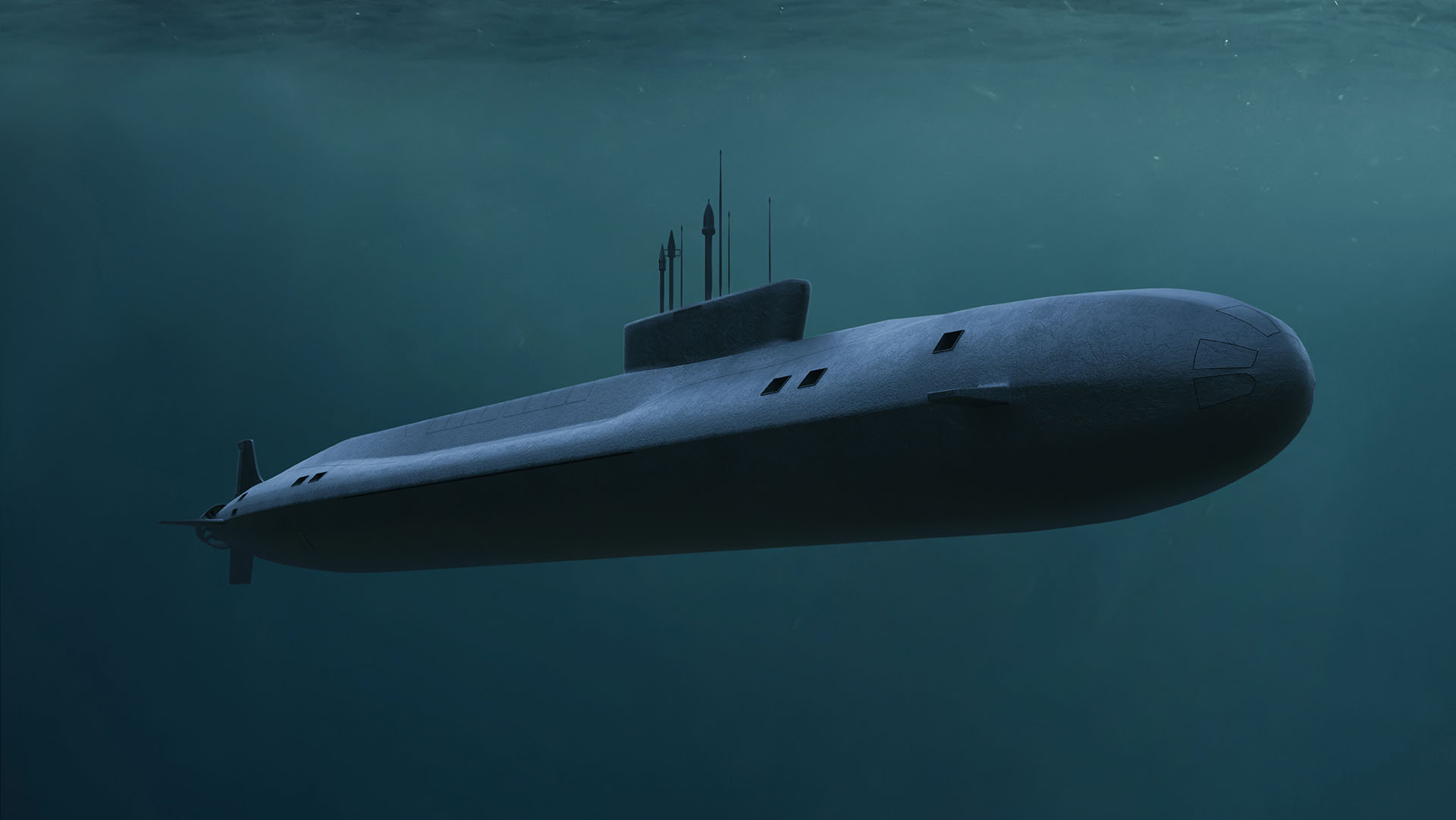
< Back
submerge
Definition
To submerge something means to cause it to be covered by water or another liquid. This can be done intentionally, such as when a submarine submerges, or it can happen unintentionally, such as when a car is submerged in a flood.
Submerging something can have a number of effects, depending on the object being submerged and the properties of the liquid. For example, a submarine that submerges will experience increased pressure, while a car that is submerged in water will experience buoyancy.
Submerging something can also be used to clean or preserve objects. For example, coins and other artefacts can be submerged in a cleaning solution to remove dirt and grime.
In general, submerging something should be done with caution, as it can pose a number of risks, such as drowning or electrical shock.
How can the word be used?
The submarine submerged beneath the waves.

Different forms of the word
Noun: submergence.
Verb: submerge, immerse.
Etymology
The word "submerge" comes from the Latin word "submergere", which means "to plunge under water". It was first used in English in the 16th century.
The word "immerse" means to put something completely under water or another liquid.
Question
What does submerged mean?
AQA Science Exam Question and Answer
Question:
Explain the concept of buoyancy and how it relates to the process of submergence. Discuss the factors that determine whether an object will float, sink, or remain suspended when submerged in a fluid. Provide an example to illustrate these principles.
Answer:
Buoyancy is the upward force exerted by a fluid on an object immersed in it. The process of submergence involves how objects behave when placed in a fluid medium, be it a liquid or gas. An object submerged in a fluid can either float, sink, or remain suspended, based on the relationship between its weight and the buoyant force it experiences.
When the weight of an object is less than the buoyant force, it floats. This is evident in ships, whose design and shape enable them to displace enough water to counteract their weight. If an object's weight is greater than the buoyant force, it sinks. For instance, a stone sinks in water due to its higher density compared to the fluid. In some cases, an object can remain suspended at a certain depth, neither fully floating nor sinking.
A common example of buoyancy and submergence is a helium-filled balloon. The buoyant force acting upward is greater than the balloon's weight, causing it to rise in the air. Understanding buoyancy and the factors influencing an object's behaviour when submerged provides insights into fluid dynamics and helps explain phenomena ranging from swimming to the flight of aircraft and the behaviour of submarines.